What is a Drop?
Before anything else, and before talking about what the Anti-Drop is. What is it the opposite of?
A drop is the moment that is usually in most dance tracks that are played in clubs. The song builds up tension of anticipation and the explosive chorus and then when the “Drop” hits, there is a sense of release and satisfaction
. These moments are associated with a high-energy dance floor. The drop is usually followed by a pre-chorus that steady shifts from quarter notes, to eighth notes, sixteenth notes, climbing higher and higher like a rollercoaster, with a feeling of momentum building, the pitch rising and rising, with the sound getting louder and then all of a sudden – DROP.
What is an “Anti-Drop”?

An Anti-Drop is when a song builds up with so much tension, energy and excitement, usually in the pre-chorus section, creating the expectation that the chorus would be an absolute climactic loud banger but when the chorus hits, it sounds minimal, subverting the listeners expectations.
Charlie Puth, coined the term “Anti-Drop” upon explaining how he created his song “Attention”.
The Anti-Drop is more than just an empty refrain or a mere pause, when done correctly, it can carry the entire song, relieve stress, and add drama to the song. Imagine an entire music festival being hyped up for an explosive chorus drop only to be given a groovy anti-drop, that would definitely be one sight to see. Should you find yourself attending a music festival, a Global Music Festival Index can be read on Slingo.com.
Subverting Expectations
Less is more. Music is an artform and art is usually created to tell stories. People can recognize patterns and can attribute a lot of things with each other. This is why every person has expectations, people always wonder what happens next. In this context, people always expect that an explosive chorus would immediately follow after a tense build-up, but when it doesn’t come, this makes the song more memorable.
What Makes an “Anti-Drop”?
Anti-Drops only really need 3 instruments: Drums, Bass, and Vocals.
There are some songs that have Anti-Drops that are influenced by the deep house genre, thus containing more instruments, but the concept is still the same. Subverting expectations.
Anti-Drop Reception

Reception to this is somewhat divisive. Ever since 2018, a sudden surge of songs had Anti-Drops and reactions have been very mixed. Some people like being surprised, some people don’t like when the status quo is changed. This, though, did not stop artists from evolving and incorporating this to their songs.
Examples from Western Music
-
The Weeknd – I Can’t Feel My Face
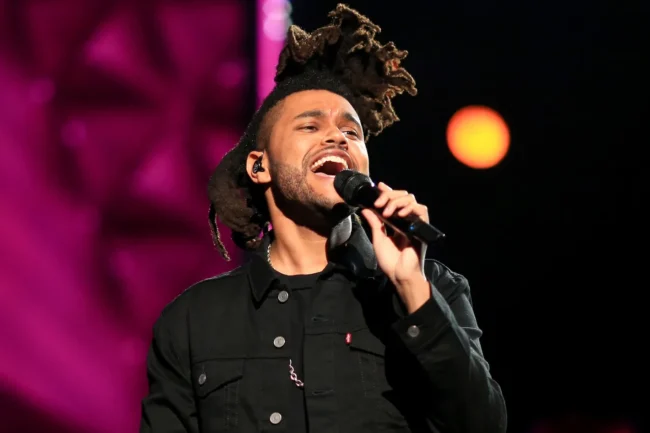
The Weeknd delivers a powerhouse vocal pre-chorus then proceeds to go to a minimal chorus with minimal instruments. This song is proof that a minimal chorus doesn’t take away from the power of the song.
-
Charlie Puth – Attention
Charlie Puth was actually the one who made the “Anti-Drop” term famous. In this song he builds up tension and a build-up to a funky drum and bass chorus.
-
James Arthur – You Deserve Better
This song is very minimal in instruments as it is, but an explosive chorus would always be part of the listeners expectations, however this song was able to pull it off without changing a 16th note kick drum for the most part of the song.
-
George Ezra – Shotgun
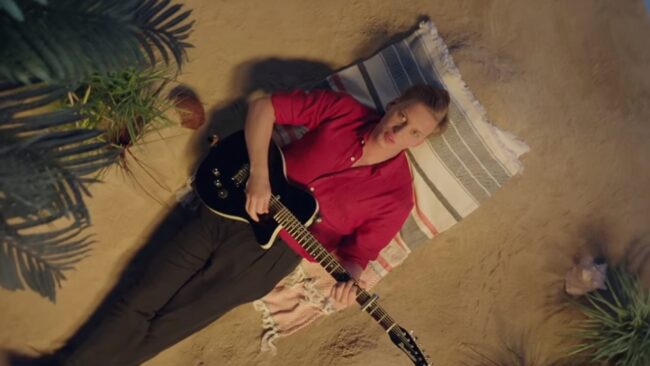
This song is one of the underrated picks on the list, but it delivers nonetheless. The entirety is syllabic. One would expect a sudden change after the pre-chorus, but it maintains the same energy, albeit very minimal, until the end of the song. And it still slaps.
-
5 Seconds of Summer – I Want You Back
Not as prominent as the other examples on the list but right after the pre-chorus, there is a fake-out that only consists of instruments such as drums and bass, then after a few measures immediately proceeds to a full-band chorus
-
Clean Bandit and Demi Lovato – Solo

This song has EDM elements with vocal splicing and vocoder effects. With the an EDM-centric song, the anticipation builds towards a powerful drop but suddenly hits the listener with a groovy, funky, synth-based refrain.
Asian Music
Believe it or not, this is more prominent in KPOP music as we speak. Several KPOP songs have clinged to Anti-Drop that naming ten songs would be only a select few compared to the real number of songs that has this. KPOP has always been experimental and this is very evident in the amount of Anti-Drops the whole KPOP industry has. Here are a few examples:
-
Whistle – Black Pink
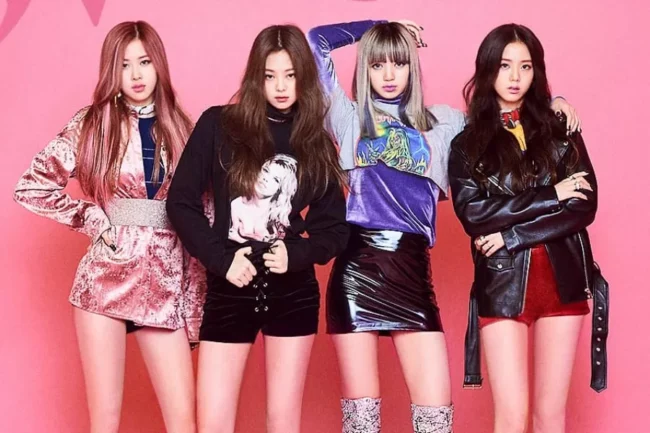
Whistle goes for a vocally-heavy pre-chorus that feels like a hip-hop or EDM heavy chorus will eventually drop, but then ultimately settles with a strutting minimal whistle, drum, and bass that also allows minimal dance moves. Not to mention, that Whistle predates “Attention” by Charlie Puth, which is the song that arguably started the trend.
-
Sequence – Iz*One
Similar to “Attention”, the chorus showcases a drum and bass beat that at the time was very ahead of its time. In a world where explosive choruses and bubblegum pop was indeed the de facto creative decision, stripping the chorus of the flair shouldn’t work, but it does.
-
Stay Tonight – Chungha
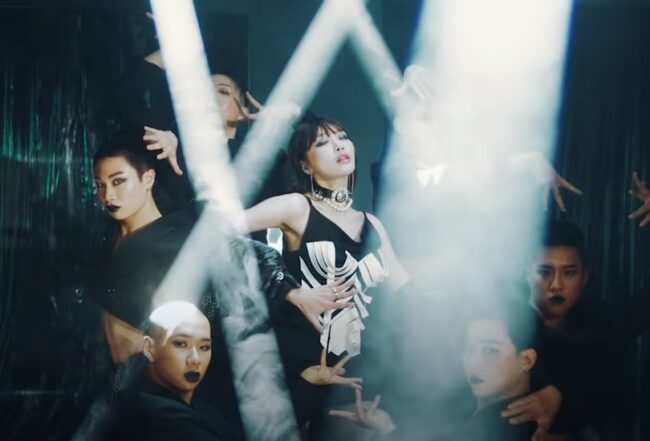
Chungha builds-up and preempts the chorus with an overly-excessive notice, faking out the listener to a funky synth and breathy vocals.
-
Home – Seventeen
Seventeen’s chorus is built on minimalism. The chorus opens up with a subtle house music as a substitute to an enormous drop.
-
Move – Taemin
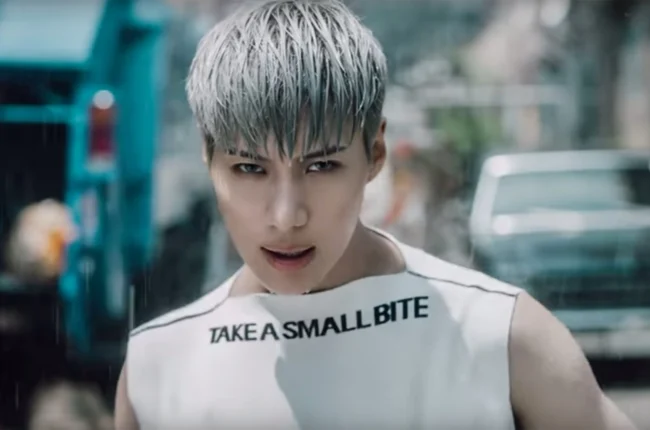
One of the best executed Anti-Drops. Very similar to “I Can’t Feel My Face”, the vocal signals an expectation of a fast-paced impactful chorus but gives us a bass heavy slow groovy beat which is immensely more satisfying
Conclusion
Anti-Drops can make or break a song. When executed properly, it can do wonders for the careers of artists. When done incorrectly, it can sound wrong to the ears of the listener and can ruin the experience entirely.
Which one do you prefer?
